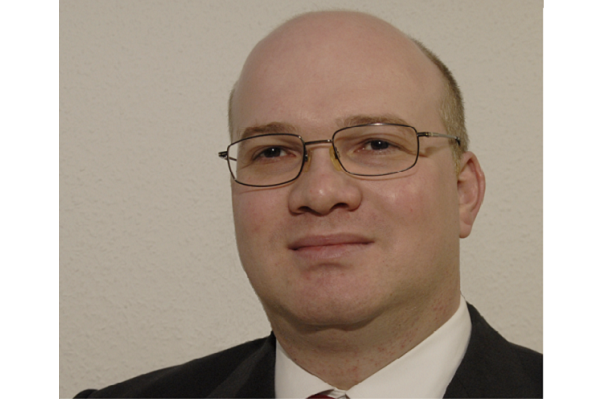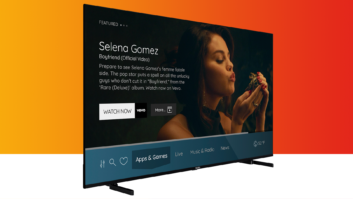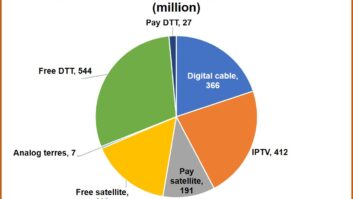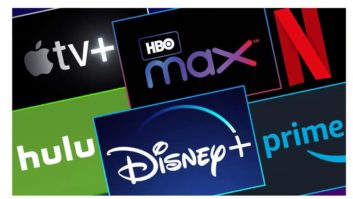
Millennials and Generation Z’s will soon be the dominant age bracket, but these tech savvy consumers are already reshaping the pay-TV landscape. After years of steady growth and being relatively unchallenged, pay-TV operators in mature markets, such as Europe and the US, are facing the chop as younger audiences cut the cord.
Originally, the cord-cutting phenomenon was confined to the US. However, in recent years it has crossed the Atlantic and the snip of the scissors is starting to resonate across Europe, with the hardest hit being the Benelux and Scandinavian markets as well as some areas in Central and Eastern Europe.
Case in point: Germany
Western Europe appears to be bucking the trend and Germany’s pay-TV market, in particular, has seen steady growth. Germany is one of the largest TV markets with the largest and best-financed public broadcasting system in the world. Since 2012, its pay-TV market has grown 30 per cent and last year alone the number of subscribers increased to 7.8 million.
Of course, just because Germany’s pay-TV market is currently flourishing, it doesn’t mean operators should avoid looking for new ways to enhance their services to attract and retain subscribers. German operators can retain a competitive edge in a market that is competing with an unprecedented number of service providers, by focusing on the following three points:
Getting to know the end-users’ needs better
Consumers are using more sources than ever before to access content and this is creating an abundance of data, around 2.5 billion GB a day. Operators need to harness this data to identify consumer’s habits and tailor their services accordingly. Besides the portfolio optimisation, effectively utilising this data, operators can retain a competitive edge by driving personalisation and recommendation, which will ultimately enhance the consumer experience. For example, a fan of Orange is the New Black is more likely to be interested in Stranger Things rather than a period drama. However, by supporting the full range of public, private and premium content sources operators can offer easily more than “safe” options in order to let subscribers discover new content.
Providing easy access to both personal content and external sources
In the TV Everywhere age, it is crucial that operators enable media distribution on all devices and between all screens. The proliferation of personal devices, such as smartphones, laptops and tablets, means consumers expect content to be available anytime, anywhere and on any device. Furthermore, end-users love to access content “right-away” without the need of remembering where to which content is available. Operators and content brands can cooperate to enable a one-stop solution for content consumption, applying a shop-in-shop system for the accordingly integrated brands as well as lowering the costs to reach the end-users. Thus, creating one solution to access all types of content from private to premium is key.
Not compromising on security
Whilst operators need to provide consumers with seamless access to all types of content, they must also fulfil the latest studio obligations on security and content protection.
Enabling easy distribution of content across all devices of a service including, for example, place-shifting functionality and maintaining the necessary level of security is the key to providing such services without headaches.
Whilst the cord-cutting phenomenon is a concern for pay-TV operators, there are steps that can be taken to recapture the eyes of the cordless generation. By using the right technology, operators can enhance their services and ensure they remain competitive in a rapidly changing TV landscape.
By Fleming Lampi, global product director, Access






